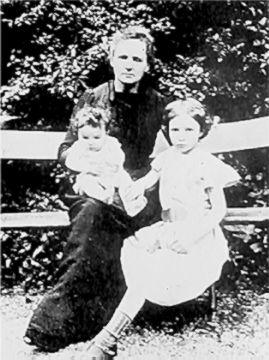 A new book has caught my eye, covering some of my favorite themes: Gender Equality: Transforming Family Divisions of Labor (The Real Utopias Project)
A new book has caught my eye, covering some of my favorite themes: Gender Equality: Transforming Family Divisions of Labor (The Real Utopias Project), by Janet Gornick and Marcia Meyers et al.
In a nutshell, the book proposes a set of policies-paid family leave provisions, working time regulations, and early childhood education and care-designed to foster more egalitarian family divisions of labor by strengthening men’s ties at home and women’s attachment to paid work. Its policy proposal is followed by a series of commentaries–both critical and supportive–from a group of distinguished scholars, and a concluding essay in which Gornick and Meyers respond to the debate over how best to promote egalitarian policies.
Contributors include heavy hitters like Barbara Bergmann, Johanna Brenner, Harry Brighouse & Erik Olin Wright, Scott Coltrane, Rosemary Crompton, Myra Marx Ferree, Nancy Folbre, Heidi Hartmann & Vicky Lovell, Shireen Hassim, Lane Kenworthy, Cameron Macdonald, Peter McDonald, Ruth Milkman, Kimberly Morgan, Ann Orloff, Michael Shalev, and Kathrin Zippel.
(Thanks to CCF for the heads up!)

 Writer Rebekah Spicuglia recently guest blogged for
Writer Rebekah Spicuglia recently guest blogged for  My man is really involved in this pregnancy thing, I tell ya. What a modern dude.
My man is really involved in this pregnancy thing, I tell ya. What a modern dude. There’s so much Father’s Day goodness out there today I don’t know where to start.
There’s so much Father’s Day goodness out there today I don’t know where to start. My dear friend (and fellow member of my writers’ group)
My dear friend (and fellow member of my writers’ group)  We’ve heard of the
We’ve heard of the  According to a recent report from National Center for Health Statistics, nearly 40 percent of all babies born in the United States in 2007, up from 34 percent in 2002 and 18 percent in 1980, were born to “unmarried” (their word) women. And the other week (May 26), Cathy Young asked in a Boston Globe article (“
According to a recent report from National Center for Health Statistics, nearly 40 percent of all babies born in the United States in 2007, up from 34 percent in 2002 and 18 percent in 1980, were born to “unmarried” (their word) women. And the other week (May 26), Cathy Young asked in a Boston Globe article (“ This month Science Grrl looks at the mother-daughter bond in science & engineering.
This month Science Grrl looks at the mother-daughter bond in science & engineering.